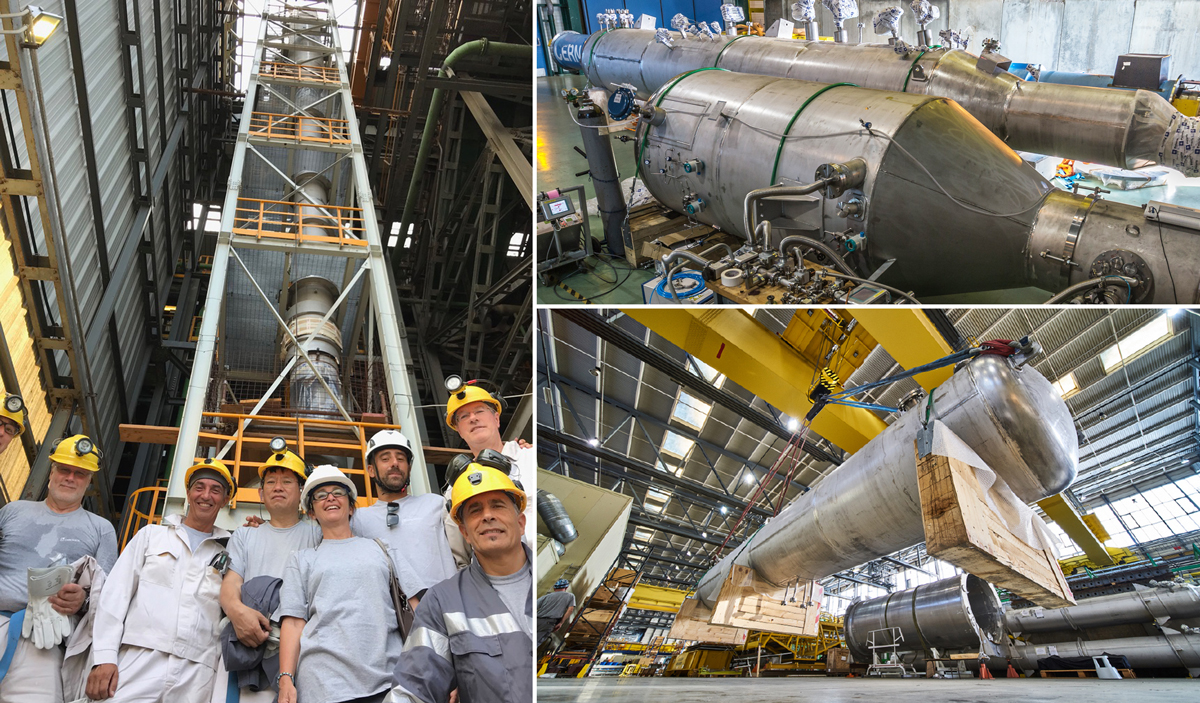
The first argon in Aria’s Seruci-0 plant has been successfully distilled. The result confirms the validity of the prototype plant’s design performance in operation at Carbosulcis’ Monte Sinni mine, in southwestern Sardinia, and paves the way for the scientific activities of DarkSide-20k, the experiment at INFN Gran Sasso National Laboratories, whose technology is based on the use of ultra-pure argon. The goal of the Aria project is, in fact, the purification by cryogenic distillation of ultra-low radioactive argon, extracted from underground wells in Colorado, which will be used by the DarkSide-20k detector to search for dark matter particles. The scientific paper, just published in the international journal The European Physical Journal C, describes experimental measurements made for the first time with the prototype Seruci-0 column related to cryogenic isotopic distillation of argon. The Aria facility, a project of INFN and Princeton University, with financial support from the Autonomous Region of Sardinia, will consist of a 350-meter cryogenic distillation column made up of 28 modules identical to the Seruci-0 prototype, and is being installed in a well at Seruci.





